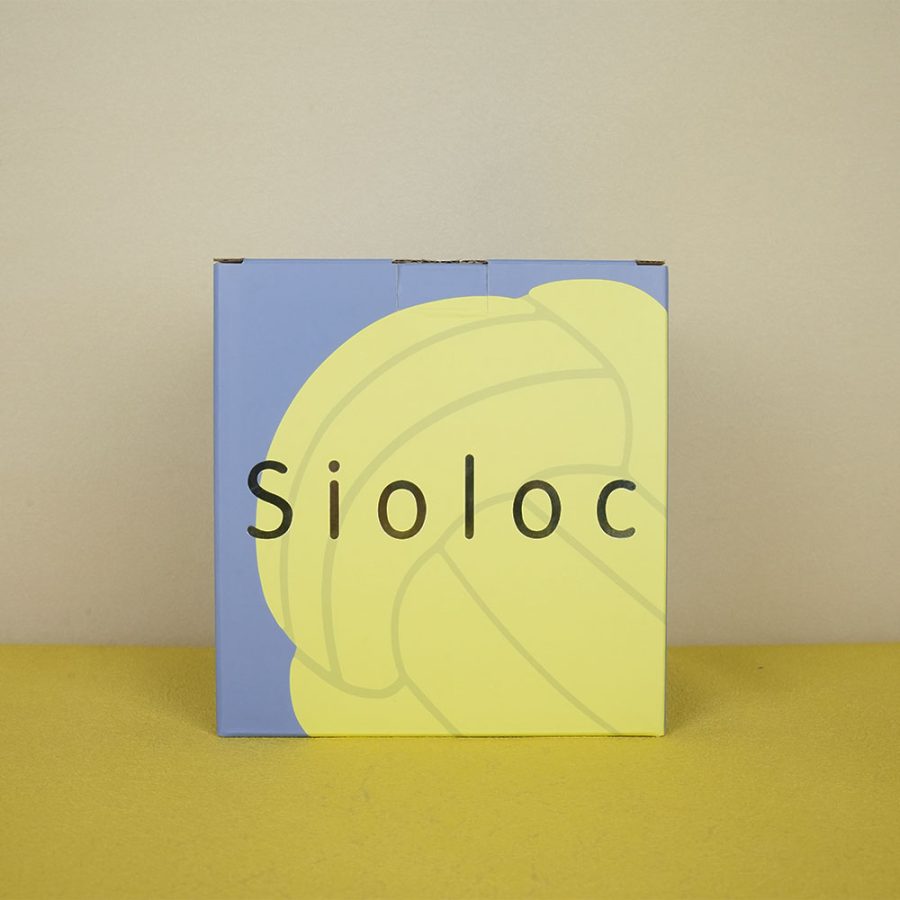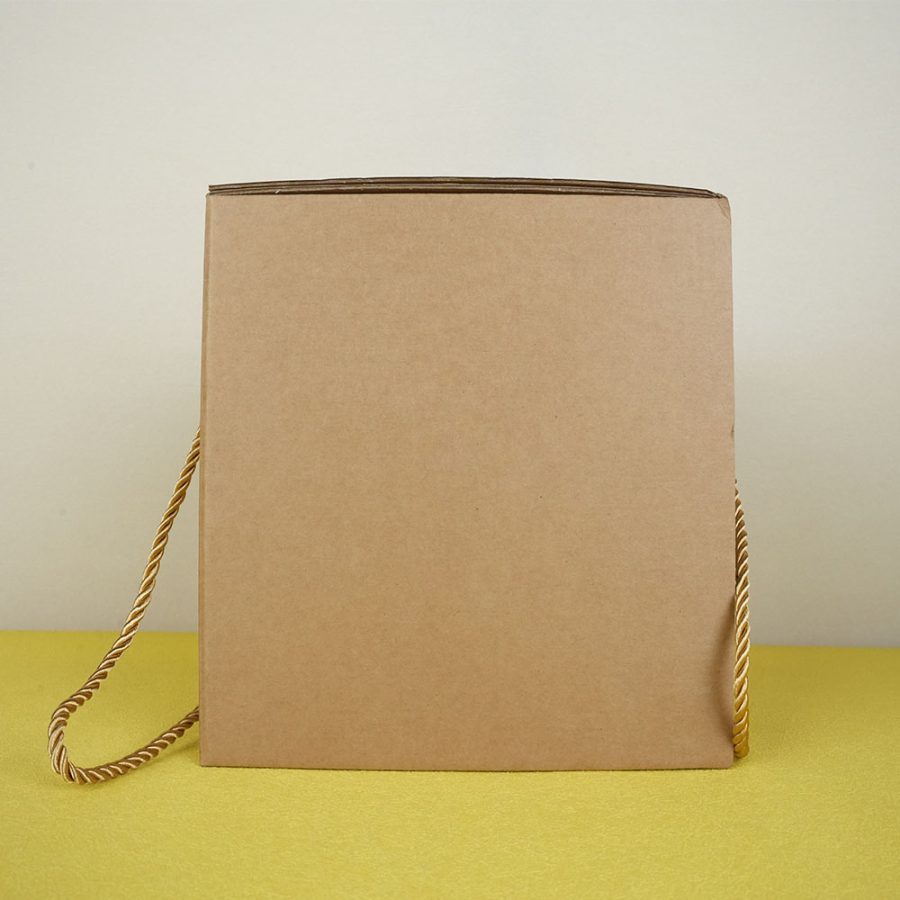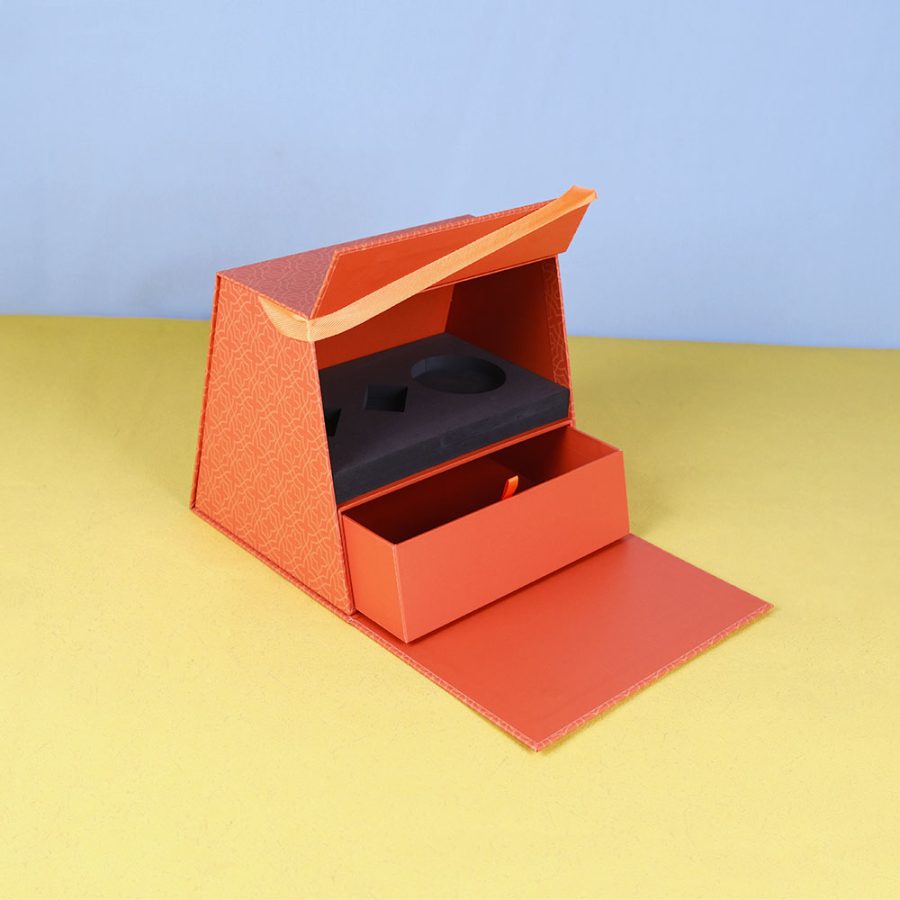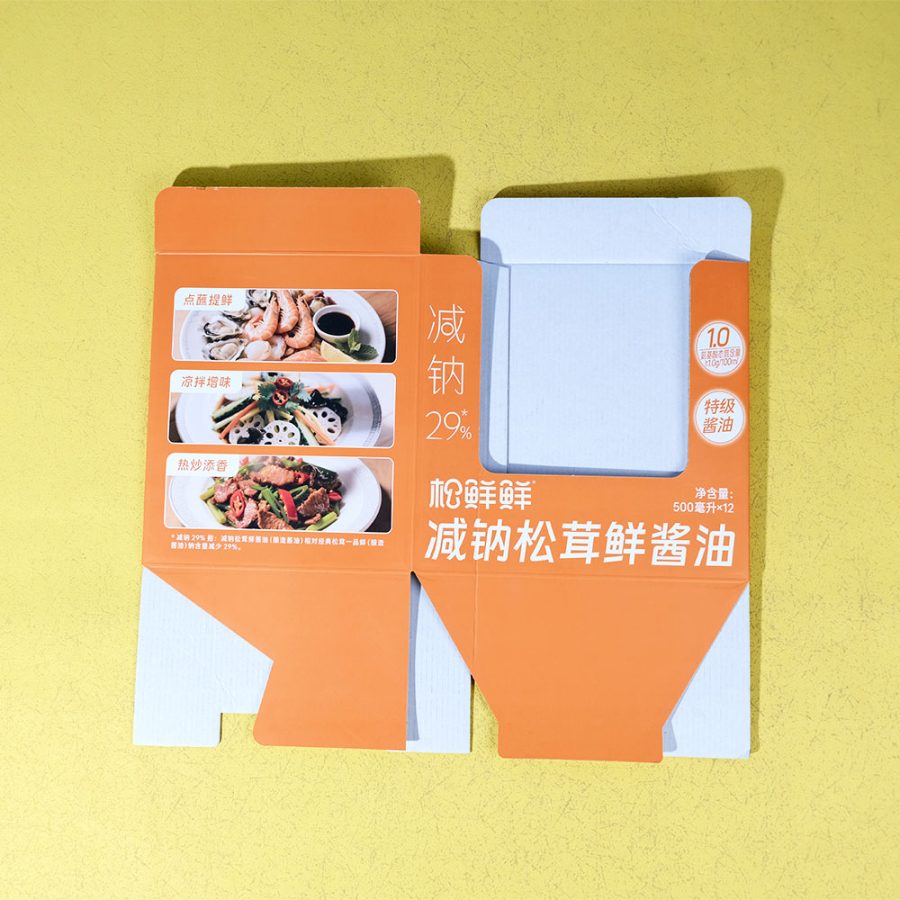How to Personalize Content for Printed Product Catalogs
In an era dominated by digital marketing, printed product catalogs remain a powerful tool for engaging customers and driving sales. However, to maximize their impact, catalogs should not just be visually appealing—they must also feel personalized to the reader. Personalization enhances customer engagement, builds brand loyalty, and increases conversion rates.
This article explores effective strategies to personalize content for printed product catalogs, making them more relevant and compelling for your audience.
1. Understanding Your Target Audience
Before personalizing your catalog, you need a deep understanding of your target customers. Consider:
✅ Demographics: Age, gender, income level, and location
✅ Buying Behavior: Past purchases, browsing history, and preferences
✅ Industry Trends: What resonates most with your audience in your industry
By segmenting customers based on these factors, you can tailor catalog content to meet their needs and expectations.
2. Segmenting Your Catalog for Different Customer Groups
Instead of a one-size-fits-all approach, consider designing multiple versions of your catalog for different customer segments. For example:
✅ Luxury vs. Budget Shoppers: Feature premium product collections for high-end buyers and affordable options for budget-conscious customers.
✅ Industry-Specific Variations: If you serve multiple industries, create separate catalog sections for each niche.
✅ Seasonal Editions: Tailor content for different seasons, such as holiday-themed catalogs or summer collections.

3. Customizing Product Recommendations
A personalized catalog should showcase relevant products based on customer preferences. Ways to achieve this include:
✅ Best Sellers & Personalized Picks: Highlight best-selling products relevant to a particular segment.
✅ Past Purchase-Based Suggestions: Feature complementary items to what customers have previously bought.
✅ Exclusive Deals: Offer special discounts or limited-time offers tailored to customer interests.
For example, if a customer has previously purchased eco-friendly home decor, the catalog could emphasize sustainable and green products.
4. Using Customer Names and Personalized Messages
Adding a personal touch to printed catalogs makes customers feel valued. Consider:
✅ Printing the customer’s name on the cover or inside pages
✅ Including a handwritten-style note thanking them for their loyalty
✅ Personalized QR Codes that link to a customer's unique digital shopping page
These small touches can make the catalog feel like it was designed specifically for the recipient.
5. Featuring User-Generated Content (UGC)
Customers trust peer recommendations, so incorporating real customer stories and testimonials makes your catalog more relatable.
✅ Showcase customer photos using your products
✅ Include testimonials or reviews with customer names
✅ Feature customer success stories or case studies
This strategy not only builds trust but also enhances the authenticity of your brand.
6. Creating Interactive and Engaging Elements
Modern printed catalogs can integrate interactive features that add a digital touch to the shopping experience. Ideas include:
✅ QR Codes for Personalized Shopping Links – Direct customers to an online page curated with their preferences.
✅ Augmented Reality (AR) Features – Let customers scan a page and view products in 3D on their phones.
✅ Customer-Specific Coupons – Include unique discount codes for each customer.
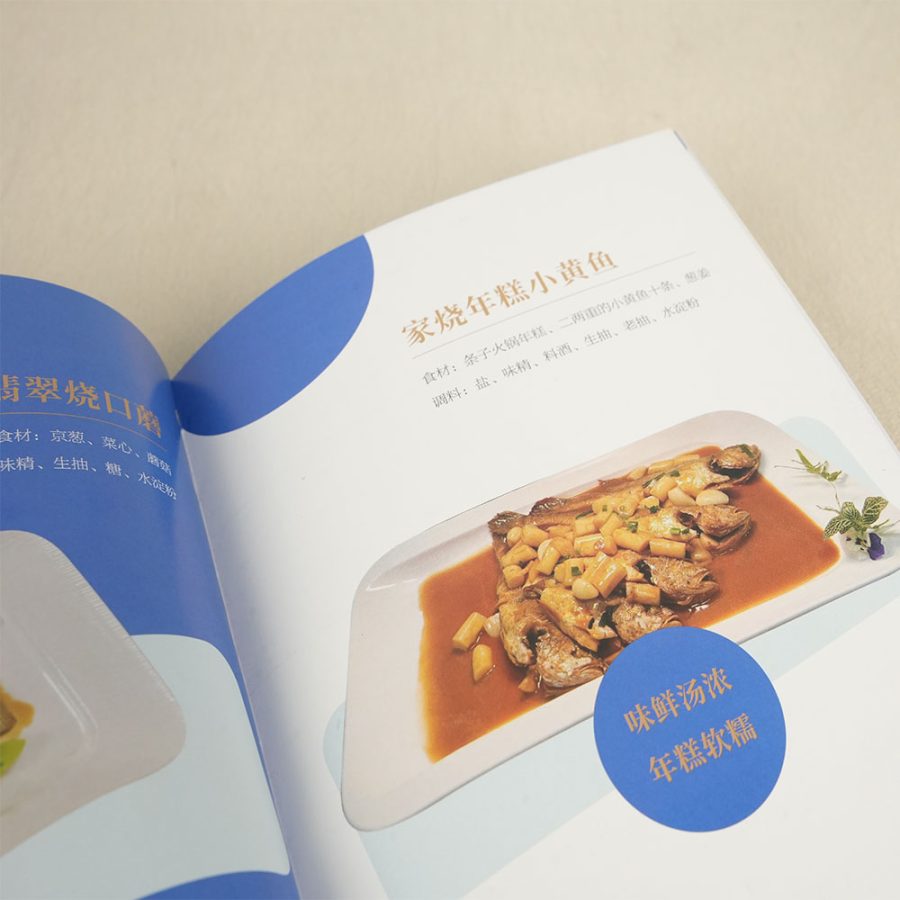
7. Tailoring Visual Design to Different Audiences
Personalization isn’t just about text—it also involves visual appeal.
✅ Use colors, fonts, and images that resonate with specific customer segments
️✅ Highlight lifestyle imagery that aligns with their interests
✅ Modify layouts based on the browsing habits of different customer groups
For example, younger audiences may prefer a catalog with bold colors and modern typography, while luxury shoppers might appreciate a sleek, minimalist design with high-quality paper.
8. Measuring and Improving Personalization Strategies
Even in print, it’s possible to track engagement and optimize future catalogs:
✅ Track which products perform best from catalog-driven sales
✅ Use scannable QR codes to monitor digital interactions
✅ Conduct customer feedback surveys to refine personalization efforts
By continuously analyzing what works and what doesn’t, brands can fine-tune their approach for future catalogs.
Conclusion
Personalizing a printed product catalog transforms it from a generic sales tool into a valuable and engaging shopping experience. By incorporating targeted product recommendations, customer names, engaging visuals, and interactive elements, brands can create catalogs that truly resonate with their audience.



